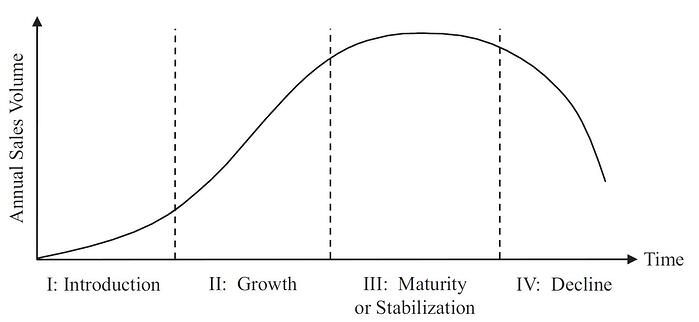The life cycle of a product denotes the various stages through which the product goes, during its span on the market. This applies to both consumer products as well as commercial ones. In its essence, a product life cycle is a business management method, which seeks to define all the phases of a product’s life.
From the time it is launched into the relevant market, a product will usually go through various stages of demand and technological standing, where more innovative products last longer on the demand scale and lesser ones last for brief periods. For the inventory manager, it is important to know where the product stands at all times since this will aid in arranging and managing the rest of the inventory, as well as the product itself, accordingly.
Importance of knowing a Product’s Life Cycle towards Inventory Data Management
In order to manage the inventory more efficiently, the manager needs to be on top of the product’s life cycle, carefully monitoring its performance on the market and determining where it is on the product life cycle.
If the product life cycle is not accurately monitored, the inventory may result in having an excess of that product for a much longer time than is needed. This can go the other way as well, with there being an inadequate supply of the product in the inventory, despite the product growing in popularity. This is why it is necessary for the inventory management personnel to watch out for the product life cycle and interpret its various stages accordingly.
Interpreting Product Life Cycles
Following are the life cycles of a product, which the inventory manager should know and keep track of, via either manual record-keeping or through inventory tracking software, in order to maintain a hassle-free inventory.

Launch/Introduction
This is the initial stage of the product life cycle when the product has just been introduced into the market. This is the stage where the inventory managers have to make sure that the product is available in sufficient quantities as soon as sales climb.
Growth
The launch then leads to the growth stage, where inventory managers have to keep track of the demand patterns and forecasts and keep stocks as well as safety stocks in place for when demand rises and sales begin to increase. Sales can climb either very slowly or very fast, and it is up to the inventory manager to know when the company will need more of the product on the shelves.
Maturity
This stage is where the product has already established its place in the market, and demand has stabilized and slowed down, as compared to what it was when the product was still growing in popularity. Here, the inventory manager will need to watch the ebb and flow of the market, in order to ascertain when demand is high and low.
Decline
This is the stage where demand is at an all-time low, as the product has run its course and has been rendered somewhat obsolete. An efficient inventory planner will know when to reduce production in order to roll the product out without being stuck with excessive, useless stock.
Inventory data management is made easy through the use of comprehensive and efficient inventory tracking software such as the one offered by CStore Essentials. Schedule a Free Demo today.


